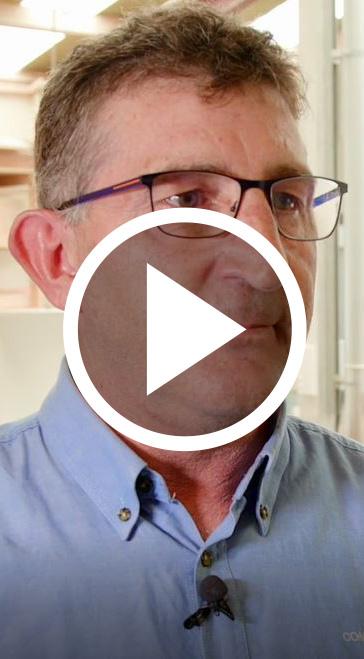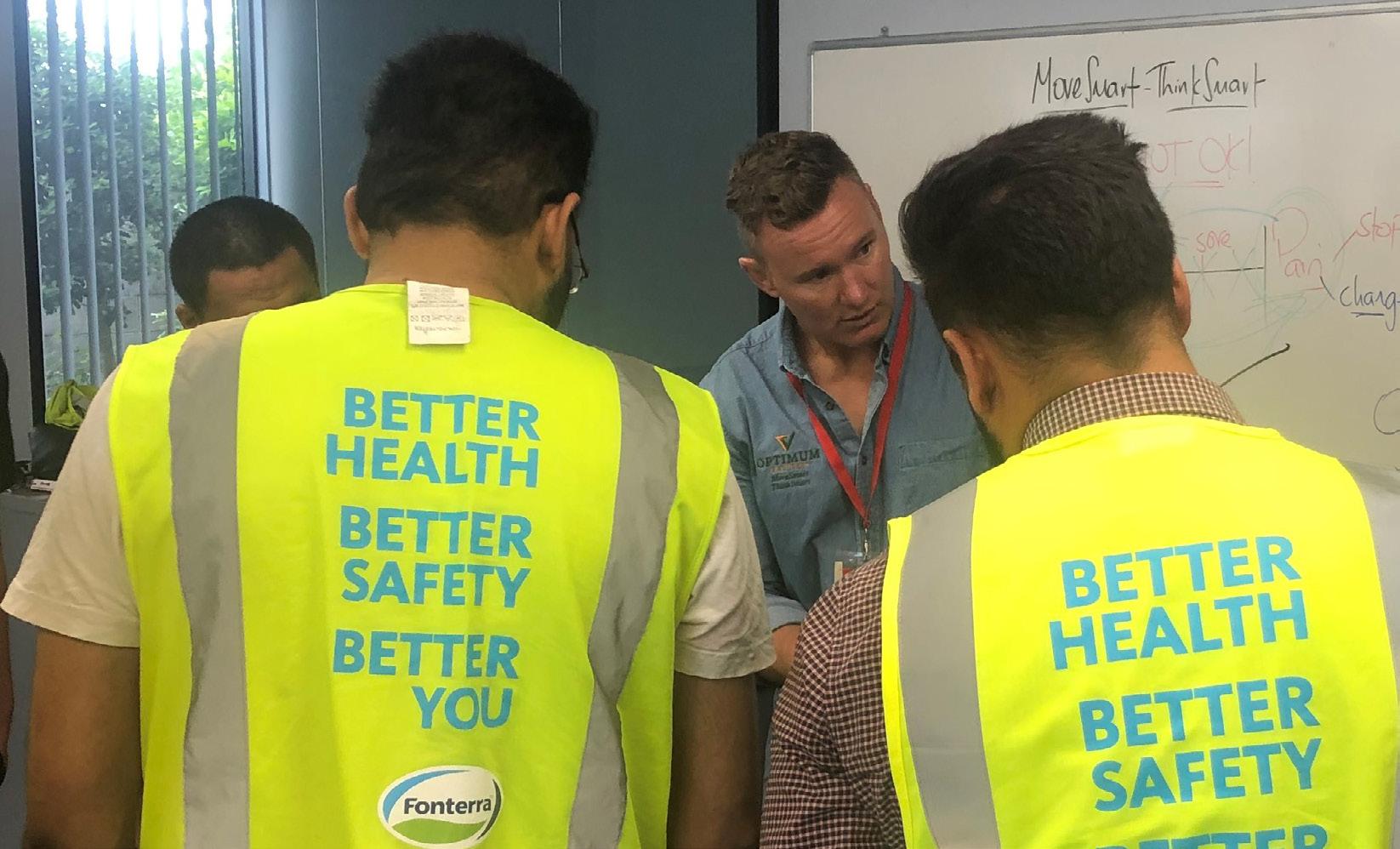
5 minute read
ACC works for construction safety and offers subsidies for expert advice
april - may 2021 ACC tackles hidden cost of building boom
Jono is is part of the hidden cost of New Zealand’s building boom - one of the 48,650 injured construction workers that ACC supported last year at a cost of $153 million
Advertisement
“Your body is your business and if your body is stuffed you can’t run your business,” says Jono van Echten. ACC helped him get back to work and he now thinks twice about the risks of the job and encourages his work mates to do the same. Scaffolder Jono had suffered through 10 years of back injuries before his back gave way while doing a simple load of laundry just before last year’s Level 4 lockdown.
“I couldn’t feel my legs and I thought I was paralysed. I thought, this might be it. I was scared because I have a four-year-old son,” he says. "Scaffolding is a bit rough on the body. It’s heavy equipment, but we lift and carry with good techniques. Doing it all day, six days a week, you need to do it right. Sometimes a slip, or being off-balance, means you get a tweak or a strain. It’s common on a building site or lugging up a hill.” "I think we condition and harden ourselves, but at the same time it’s the things you don’t expect that may do you in. In my case lifting a laundry basket."
Injury claims have risen 7.5 percent in the past five years while costs have surged almost 38 percent. In that time, 29 people died on building sites, making them the deadliest workplaces after agriculture, forestry and fishing.
There were 39,881 new homes consented in the 12 months ended 31 January – up 32 percent from five years ago and just 144 fewer than the record set in 1974, according to Stats NZ. Construction jobs rose by 21,000 to 278,300 last year, based on the Household Labour Force Survey.
Jono, who says his back is still “niggly”, now works as a scaffold inspector for Workzone Scaffolds in Lower Hutt, part of NZ Scaffolds.
His back injuries have forced him to listen to his body. He’s taken up ocean swimming, yoga, stretching. He’s trying to eat better.
“When I first came into the game there was a big macho culture. But it only takes one injury to stuff you up really bad. You’ve only got one body, you’ve got to look after it,” the 33-yearold says.
The high injury rate is a key reason why ACC has just entered a new partnership with Construction Health and Safety New Zealand (CHASNZ), an industry-backed charitable trust dedicated to improving health and safety in the construction industry.
The $3.5 million investment for the first two years of a five-year partnership will allow CHASNZ to ramp up health promotion and protection initiatives, to reduce the harm caused by occupational illness and injury in construction.
“Many of the injuries are preventable,” says Virginia Burton-Konia, ACC Injury Prevention Manager – Workplace Safety.
“Partnering with CHASNZ enables the construction sector to make workplaces significantly safer. Workers and their whānau benefit from fewer injuries and fatalities and businesses benefit from increased productivity and enhanced reputations as being businesses that care for their people.”
Chris Alderson, chief executive of CHASNZ says the partnership aims to create a step change in health and safety culture and performance over the next five years.
“We want all construction workers to go home safe and well at the end of every day and we’re working with industry to identify and provide guidance on best practice health and safety.”
Some 70 percent of claims from scaffolders are for sprains and strains – injured shoulders, backs, knees
and ankles.
Workzone Scaffolds has developed a health & safety ‘toolbox’ as part of increased efforts to keep their workers in good shape mentally and physically.
Parent company NZ Scaffolding Group is part of a new taskforce looking at muscular-skeletal injuries among scaffolders that involves CHASNZ, WorkSafe, ACC and Scaffolding, Access and Rigging New Zealand (SARNZ).
The taskforce hopes to develop a template that can be used across the construction sector.

Good advice gives contractor peace of mind
An ACC subsidy helps SMEs in construction and manufacturing gain access to qualified health and safety professionals through the HASANZ register

Key Commercial Interiors Director Kevan Brown says meeting health and safety requirements while running his busy commercial interiors business was no easy task.
“Health and safety is important to me because it keeps all our staff and contractors safe,” Kevan says. “It also positions us well with clients – they want assurance that their main contractor has health and safety sorted on site.”
Kevan says he tried a number of approaches to improve the company’s health and safety systems.
“But the bottom-line was, whatever we looked at doing, it always came back to me as the person in charge to make the final decision. And with no formal health and safety training, I struggled with knowing if it was the right thing to do.”
He made contact with Margaret van Schaik, who is on the HASANZ Register of verified health and safety professionals.
“The first thing Margaret did was get our documentation up to standard. Then she helped us work with our contractors to make sure their documentation was legal and met clients’ requirements. That was a huge challenge.”
Margaret then looked at pragmatic ways to integrate health and safety into everyday operations, to make it easier for people to do what they needed to do.
For example, she suggested the company adopt a low-cost app to streamline onsite documentation.
“In the past documents often got lost on site. Now the information is on everyone’s phone, in their pocket.”
Kevan says having a professional advise him on good practice has been a huge relief.
“Under the new legislation, we all have new responsibilities. Margaret has helped me sort that out, which has been a huge relief and has taken a lot of pressure off me.”
“It’s helping to keep our staff and contractors safe on site. And it’s providing peace of mind for our clients.”
KASK. PART OF YOU.











